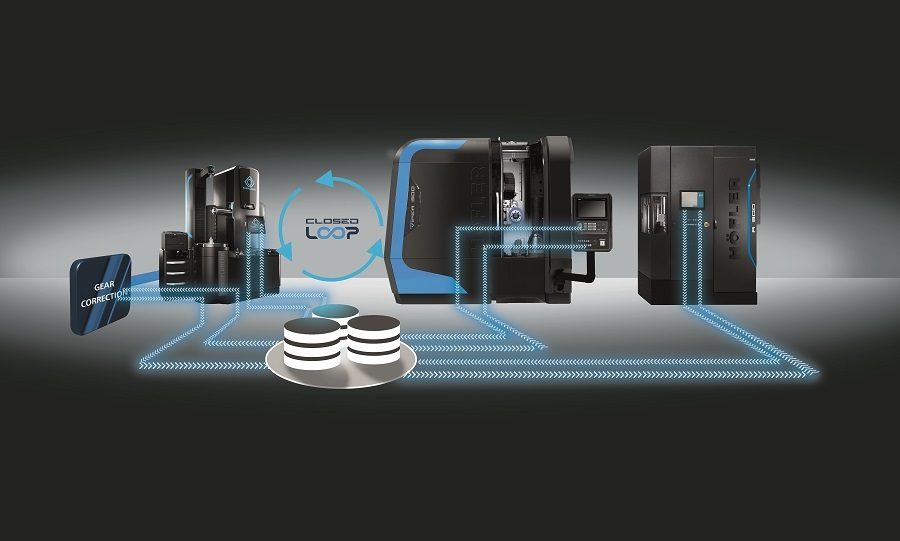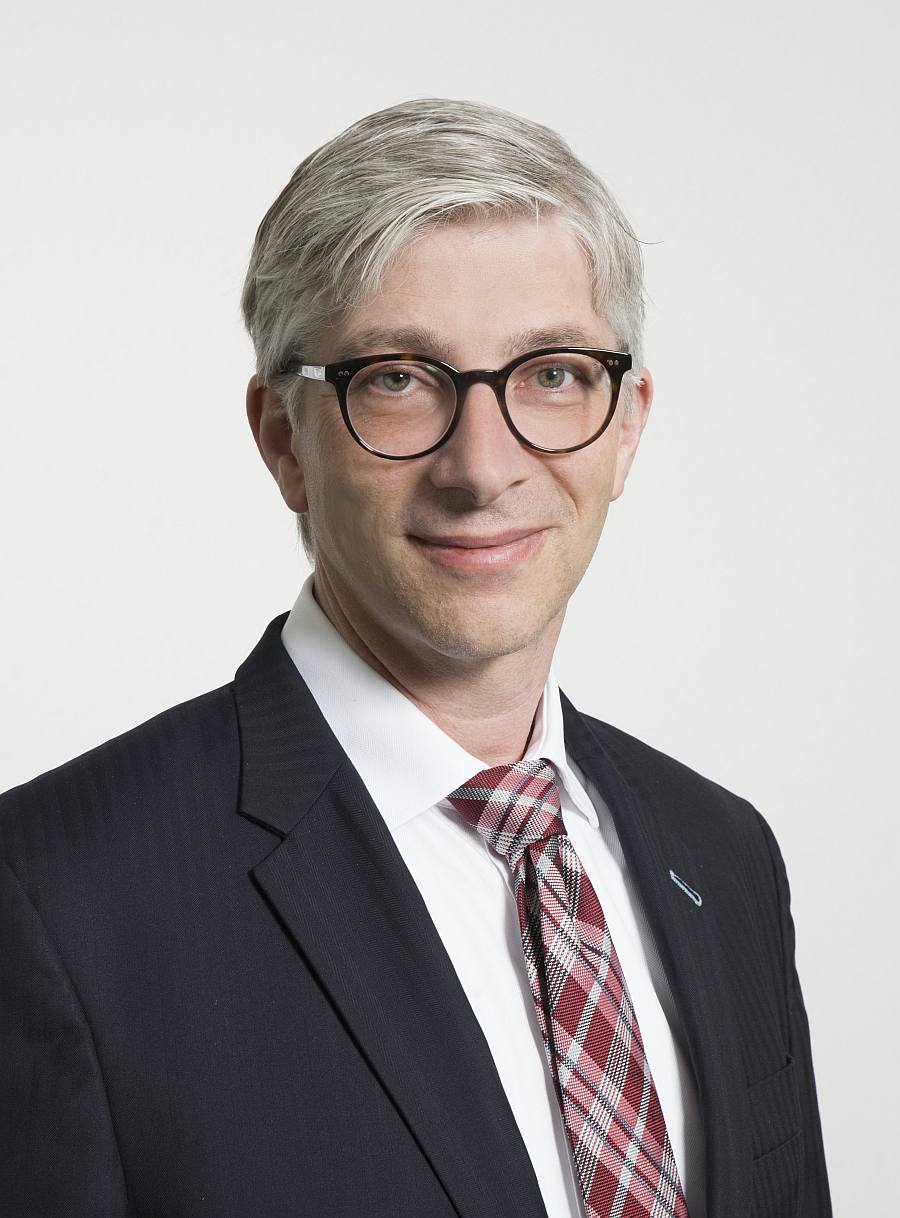
Klingelnberg's Closed Loop machining cell.
State of the Gear Industry Perspectives: Klingelnberg
State of the Gear Industry Perspectives takes an in-depth look at the challenges and opportunities in gear manufacturing today and in the future. Our second installment online is an interview with Christof Gorgels, vice president, innovation and technology at Klingelnberg.
 Christof Gorgels
Christof Gorgels
What are the greatest challenges to your business in 2023?
The greatest challenge is to fulfil the increasing demand for our machines and services. Klingelnberg is perfectly positioned to serve the growing markets for e-mobility and wind power and our production capacities are fully booked.
What global manufacturing trends are you paying close attention to in the gear industry today?
Trends we are paying close attention to are digitization and data driven optimization approaches as well as gear noise becoming a major quality criterion. Besides improved surface finish brings advantages in terms of efficiency which is interesting to improve renewable energy generation and especially wind power.
What is the state of your business regarding training and developing your skilled workforce internally and the state of finding skilled workers to join the organization?
Training our people around the world has been a focus during the past years and this has increased during the pandemic. Our main goal is to ensure skills in order to support our customers with local personnel in the different time zones and without experts travelling. We have increased our online training and support efforts for customers and our own colleagues. Klingelnberg is a well-established employer brand. We keep a wide network with universities, innovation hubs and local organizations. In combination with our apprenticeship program, we are able to attract talents even in a challenging environment.
How is your organization evolving when it comes to emerging technologies such as IIoT, additive manufacturing, electrification, etc.?
In our organization, the focus is changing more and more from hard- to software development. We see a clear trend towards software based smart solutions, which we provide to our customers. Integrated software solutions such as our closed loop for machining and metrology are deeply embedded in our product strategy since long.
What role is sustainability and green manufacturing playing in your organization in 2023?
With increasing raw material and energy costs, efforts for more sustainability and reducing our carbon footprint come naturally. Our approaches go very much in line with our customers monitoring the environmental impact of their production along the whole process chain including the manufacturing equipment we provide. We are focused on reducing the environmental impact of our products from our own production to our whole supply chain. Also, our new assembly facilities in Hückeswagen are fulfilling the highest standards in regards of energy consumption and CO2 emissions.
Describe the role automation/robotics plays in your business today and how these technologies will evolve in the coming years?
In combination with our machine tools, we see more automation at our customers. Whereas this was a focus mainly for mass production such as automotive in the past, today we even see a growing need also for large gears e. g. in the wind industry. So, there is an increasing need for flexible automation systems and also systems to handle big and heavy parts.
As gear shopfloors become more data-driven, how will hiring practices change in the gear industry moving forward? Do you believe it’s necessary to bring in system integrators, data engineers, and mechatronics experts to diversify your workforce?
Data collection is increasing with not only our measuring machines but more and more with our machine tools also. This goes very much in line with an increasing focus on software development for digitization in order to support our customers moving forward. This increases the need for data handling and evaluation so the need for new skills in the workforce on the shop floor comes naturally.
How will the gear industry change and evolve in the next five years?
Net shape and near net shape technologies such as powder metallurgy and additive manufacturing have made substantial progress in the past years. They offer great potential in terms of material efficiency and in manufacturing efficiency. Still not for all applications but we expect those technologies to broaden in the gear industry.
With the increasing need for electric vehicles, gear noise becomes a big focus. This increases not only the quality requirements for gears but also the need to understand gear noise as a new quality criterion. We will see an increasing number of roll testing systems in the industry within the next years.
